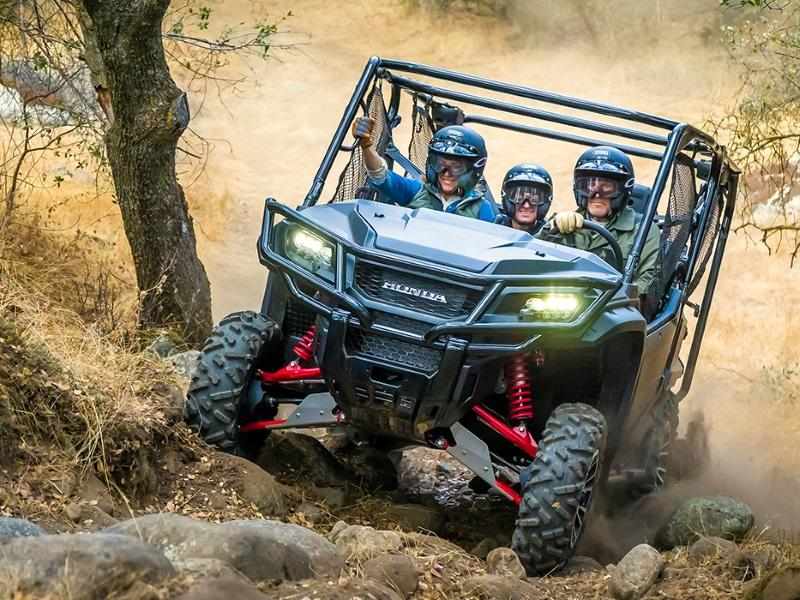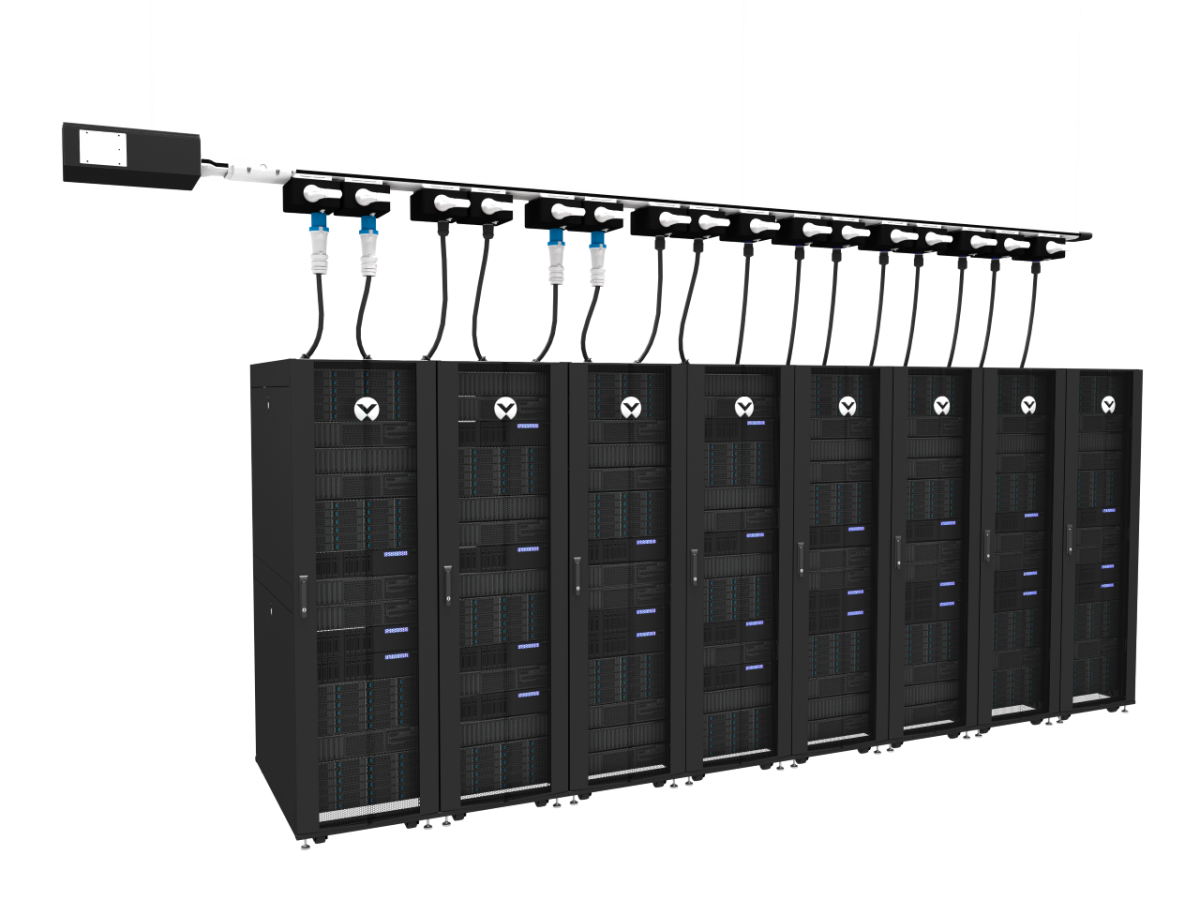
Introduction
The South Korea 4WD UTV Market size is predicted to reach USD 325.9 million by 2030, at a CAGR of 8.5% from 2025 to 2030. South Korea’s 4WD Utility Terrain Vehicle (UTV) market is experiencing robust growth in 2025, fueled by a booming adventure tourism sector, advancements in electric vehicle technology, and increasing demand for versatile off-road vehicles. These rugged, four-wheel-drive vehicles are well-suited to South Korea’s diverse landscapes, from mountainous trails to rural farmlands. Recent developments, including government incentives for eco-friendly vehicles and the rise of recreational sports, are shaping the market’s trajectory. This article explores the key drivers, challenges, and opportunities in South Korea’s 4WD UTV market, drawing on the latest industry trends.
Adventure Tourism and Recreational Demand
The growth of South Korea’s tourism industry, with a reported year-on-year increase of 13.6% according to the World Travel and Tourism Council, is a significant driver of the 4WD UTV market in 2025. The country’s scenic regions, such as Gangwon Province and Jeju Island, are attracting both domestic and international tourists eager for off-road adventures. UTVs, with their ability to navigate rugged terrains, are becoming a popular choice for guided tours and adventure racing events. Rental operators are expanding their fleets to meet this demand, offering high-performance UTVs with features like terrain-sensing AI and advanced suspension systems.
Companies like Polaris Inc. and Yamaha Motor Corporation are leading the recreational segment by introducing models designed for durability and flexibility, such as the 2024 XPEDITION XP ADV Series by Polaris, which features a 1000 cc engine tailored for adventure. The rise in outdoor recreational activities, including off-road racing, is further boosting demand, particularly among younger consumers seeking high-energy experiences.
Agricultural and Industrial Applications
Beyond recreation, 4WD UTVs are gaining traction in South Korea’s agricultural and industrial sectors. Farmers in rural areas, such as those in North Gyeongsang, are adopting UTVs for tasks like transporting crops, equipment, and livestock across uneven terrain. These vehicles offer a cost-effective and maneuverable alternative to traditional tractors, particularly for small and medium-sized farms. Manufacturers like John Deere and Kubota Corporation are focusing on utility-focused UTVs with high-torque engines and modular cargo systems to meet these needs.
In the industrial sector, UTVs are used in construction and logistics, where their ability to operate in challenging environments is critical. The integration of smart technologies, such as GPS navigation and remote teleoperation, is enhancing their utility, enabling precise operations in remote areas. These advancements are aligning with South Korea’s push for modernized agricultural and industrial practices, driving UTV adoption.
Government Policies and Electric UTVs
South Korea’s commitment to sustainable transportation is significantly influencing the 4WD UTV market. The government’s incentives, including tax rebates and subsidies for eco-friendly vehicles, are encouraging manufacturers to develop electric and hybrid UTVs. With a 47.3% increase in EV sales up to May 2025, as reported by Focus2Move, the push for electrification is extending to UTVs. Companies like Volcon Inc. have introduced models like the HF1 electric UTV, designed for off-road use with lower emissions and reduced operational costs, making them ideal for agriculture, construction, and recreation.
These policies align with South Korea’s goal of reducing carbon emissions, as seen in the country’s robust EV market growth, which reached a 31.45% CAGR through 2025-2033. Electric UTVs are particularly appealing in environmentally sensitive areas, where their quiet operation and low emissions minimize impact. However, the focus on EVs primarily targets passenger vehicles, and UTV manufacturers are still navigating how to fully leverage these incentives.
Technological Advancements and Industry Leaders
Technological innovation is a cornerstone of South Korea’s 4WD UTV market. In 2025, manufacturers are integrating advanced features like autonomous navigation, multi-sensor fusion, and AI-driven terrain adaptation. These technologies enhance safety and efficiency, making UTVs suitable for diverse applications. For example, Polaris Inc.’s XPEDITION XP ADV Series incorporates smart connectivity for real-time monitoring, appealing to both recreational and utility users.
Leading players like Kawasaki Heavy Industries Ltd., Honda Motorsports, and CFMOTO are driving market growth through partnerships with local distributors to tailor UTVs to South Korea’s unique terrain and climate. The focus on electric powertrains, as seen with Volcon’s HF1, is also gaining traction, with manufacturers exploring advanced battery technologies to improve range and durability in cold and rugged conditions. These innovations are positioning South Korea as a hub for UTV development in the Asia-Pacific region.
Economic and Market Challenges
South Korea’s economy faces challenges in 2025, with GDP growth forecasts lowered to 1.6% amid political uncertainty following President Yoon Suk Yeol’s impeachment in December 2024. High household debt and weak consumer sentiment are dampening overall vehicle demand, which could impact the UTV market. Additionally, China’s restrictions on critical minerals like antimony, a key component in UTV manufacturing, are causing supply chain disruptions, increasing costs for manufacturers.
High maintenance costs for electric UTVs and limited after-sales service networks, a common issue in the EV sector, are barriers for rural and recreational users. Environmental regulations restricting off-road activities in protected areas, such as national parks, could also limit recreational UTV use, requiring manufacturers to balance performance with compliance.
Opportunities for Growth
The South Korea 4WD UTV market offers significant opportunities, particularly in electric and hybrid models. The government’s focus on EV adoption and consumer demand for sustainable solutions are driving innovation in battery-powered UTVs, which are ideal for eco-tourism and sustainable agriculture. The rise in adventure tourism, supported by a 13.6% growth in the tourism sector, presents opportunities for rental operators to expand their fleets.
Emerging applications, such as disaster response and remote monitoring in South Korea’s mountainous regions, could further boost demand. By addressing challenges like after-sales support and supply chain constraints, manufacturers can capitalize on South Korea’s growing demand for versatile and eco-friendly UTVs.
Conclusion
In 2025, South Korea’s 4WD UTV market is thriving, driven by adventure tourism, agricultural modernization, and government support for electric vehicles. Innovations in electric powertrains and smart technologies are enhancing UTV functionality, while companies like Polaris and Volcon lead with tailored solutions. Despite challenges like economic uncertainties and supply chain disruptions, opportunities in eco-friendly UTVs and emerging applications signal a promising future. As South Korea continues to embrace sustainable and adventurous lifestyles, the 4WD UTV market is poised to drive significant economic and recreational progress.





















Write a comment ...